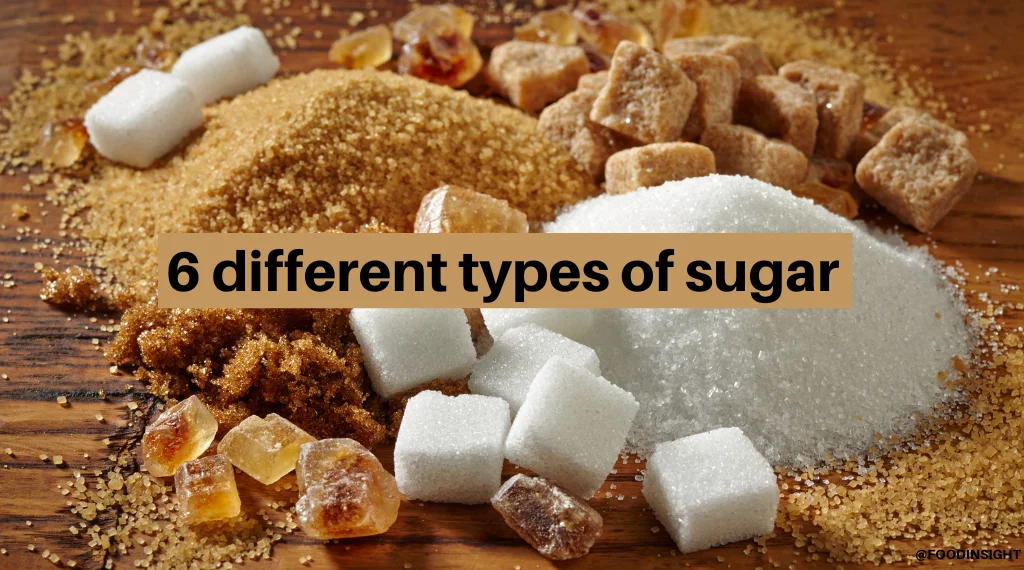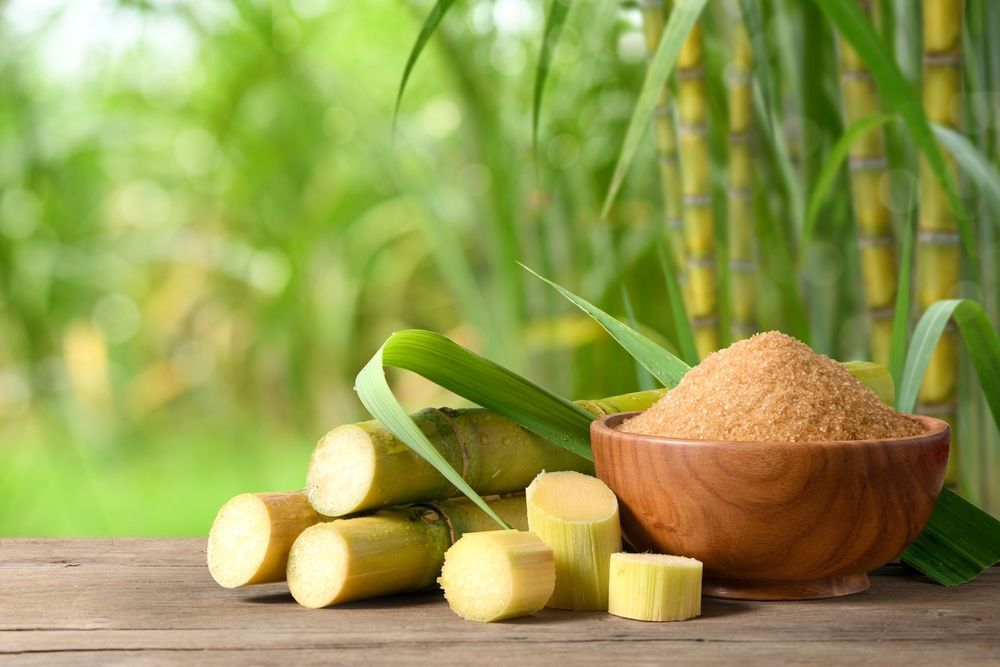When looking at beet sugar vs cane sugar, some argue that one caramelizes better than the other.
When looking at beet sugar vs cane sugar, some argue that one caramelizes better than the other.
Blog Article
Discover the Uses and Benefits of Beet Sugar Vs Cane Sugar in Your Daily Diet
Exploring the distinctive high qualities of beet and cane sugar discloses greater than simply their sweetening capacities; it highlights their special influence on health and culinary arts. Beet sugar, known for its refined taste, is frequently preferred in delicate desserts, whereas cane sugar, with its tip of molasses, adds richness to durable recipes. Each kind holds its very own dietary account and glycemic ramifications, inviting a deeper understanding of their functions in a balanced diet plan and lasting usage methods.
Beginning and Manufacturing Procedures of Beet and Cane Sugar

The distinct climates and soil kinds required for expanding sugar beetroots and sugarcane contribute to differences in their farming practices and geographical distribution, affecting the business economics and sustainability of their production. beet sugar vs cane sugar.
Nutritional Contrast In Between Beet Sugar and Cane Sugar
Regardless of stemming from various plants, beet sugar and cane sugar are nutritionally really comparable, both mainly including sucrose. Each supplies about 4 calories per gram, converting to roughly 16 calories per tsp. Structurally, both sugars are composed of approximately 99.95% sucrose, with minimal amounts of various other materials like wetness and trace minerals, which do not substantially alter their dietary profiles.

Inevitably, when selecting between beet sugar and cane sugar based upon dietary content alone, both offer the same benefits and disadvantages as they are essentially kinds of the same particle-- sucrose, giving fast power without other nutrients.
Effect on Wellness: Glycemic Index and Caloric Content
Checking out additionally right into the impacts of beet sugar and cane sugar on health and wellness, it is crucial to consider their glycemic index and calorie material. The glycemic index (GI) of both beet and cane sugar is around 65, categorizing them as high-GI foods, which can create quick spikes in blood sugar degrees.
Each sort of sugar includes about 4 calories per gram, making their calorie web content matching. For those keeping an eye on caloric consumption, specifically when handling weight or metabolic health problems, recognizing this equivalence is important (beet sugar vs cane sugar). However, excessive consumption of any kind of high-calorie, high-GI food can add to health and wellness problems such as weight problems, cardiovascular disease, and insulin resistance.
Environmental and Economic Considerations of Sugar Manufacturing
Beyond wellness influences, the manufacturing of beet and cane sugar likewise raises significant environmental and economic issues. Sugar beet growing has visite site a tendency to require cooler environments and has a reduced geographical impact contrasted to sugar cane, which thrives in exotic areas. Nevertheless, both crops are intensive in regards to water usage and land line of work, possibly leading to logging and water shortage. Economically, the international sugar market is highly unpredictable, influenced by adjustments in international profession plans and aids. Numerous nations incentivize sugar production with financial assistance, skewing market value and affecting small farmers negatively.
Furthermore, the use of chemicals and fertilizers in both beet and cane sugar farming can cause soil destruction and pollution, more impacting biodiversity and neighborhood water bodies (beet sugar vs cane sugar). The option between growing sugar beet or cane commonly depends upon neighborhood environmental conditions and financial factors, making the sustainability of our website sugar manufacturing an intricate issue
Culinary Applications and Taste Distinctions
While the environmental and financial facets of sugar manufacturing are undoubtedly considerable, the choice in between beet and cane sugar likewise influences cooking applications and flavor accounts. Beet sugar, obtained from the sugar beet plant, is known for its extremely neutral preference.
Walking cane sugar, extracted from sugarcane, commonly retains molasses traces, which pass on an unique splendor and deepness. The small variant in dampness web content between beet and cane sugar can affect the structure and uniformity of recipes, making cane sugar a preferred choice for certain dishes that benefit from its distinct residential properties.

Final Thought
Finally, both beet and cane sugar have distinctive beginnings and manufacturing procedures, using similar nutritional profiles with slight differences in salt content and taste. While their impact on health, particularly relating to glycemic index and calories, is equivalent, the selection Read Full Article between them commonly steams down to environmental, economic factors, and particular culinary needs. Comprehending these elements can guide customers in making notified decisions that align with their health objectives and taste preferences.
Report this page